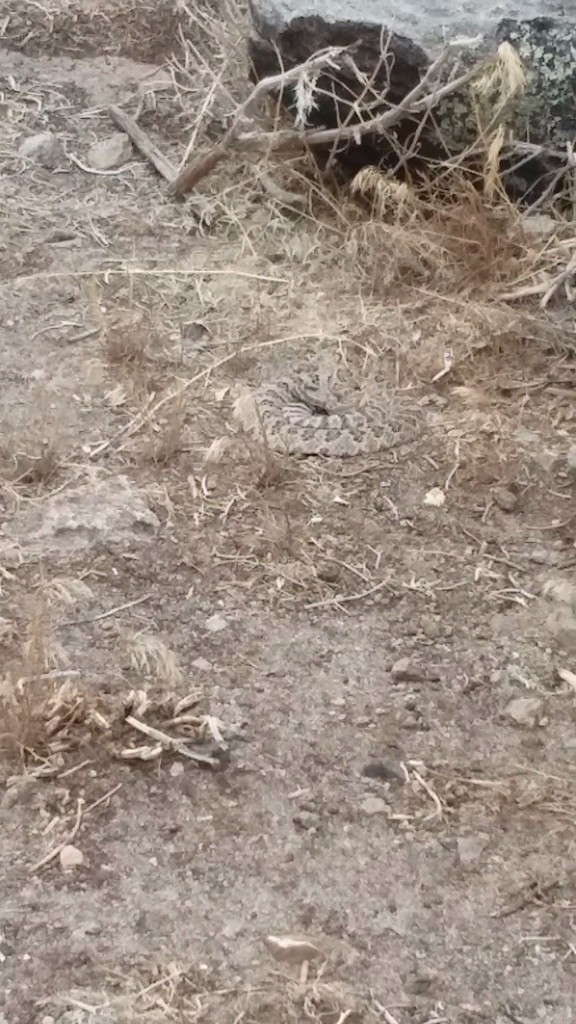Great basin rattlesnake
A species of Rattlesnakes Scientific name : Crotalus oreganus lutosus Genus : Rattlesnakes
Great basin rattlesnake, A species of Rattlesnakes
Scientific name: Crotalus oreganus lutosus
Genus: Rattlesnakes
Content
Description General Info
Description
Great basin rattlesnake is an intriguing rattlesnake species uniquely adapted to their arid environments. Their nocturnal behavior allows them to evade the extreme heat and conserve water, a crucial adaptation for their survival. Moreover, their venom, considered highly toxic, is a key component in their feeding strategy, enabling quick immobilization of prey—usually small mammals—thereby reducing the risk of injury in a struggle.
General Info
Lifespan
15-20 years
Diet
Great basin rattlesnake feeds mainly on small mammals, particularly rodents. Battling with its prey, it employs its venomous fangs to immobilize targets. It has also been known to consume birds, lizards, and amphibians when available.
Appearance
Great basin rattlesnake is a large, heavy-bodied snake. Its skin is rough and scaled, primarily a pale yellow-grey or creamy white. Distinctive, dark brown blotches span its back, while its belly is typically cream-colored without markings. Notably, it has a broad, triangular head, a rattle at the end of its tail, and vertical, slit-like pupils. There are no pronounced differences between males, females, or juveniles in terms of appearance.
Behavior
Great basin rattlesnake are primarily nocturnal and rely heavily on ambush predation for their food source. These solitary rattlesnakes maintain distinct territories, using their rattle to ward off intruders. They have a striking behavior for defensive purposes, coiling up and raising their heads. Adapted to semi-arid habitats, they use camouflage for survival and are noted for brumation during colder months.
Scientific Classification
Phylum
Chordates Class
Reptiles Order
Lizards and snakes Family
Vipers Genus
Rattlesnakes Species
Great basin rattlesnake 